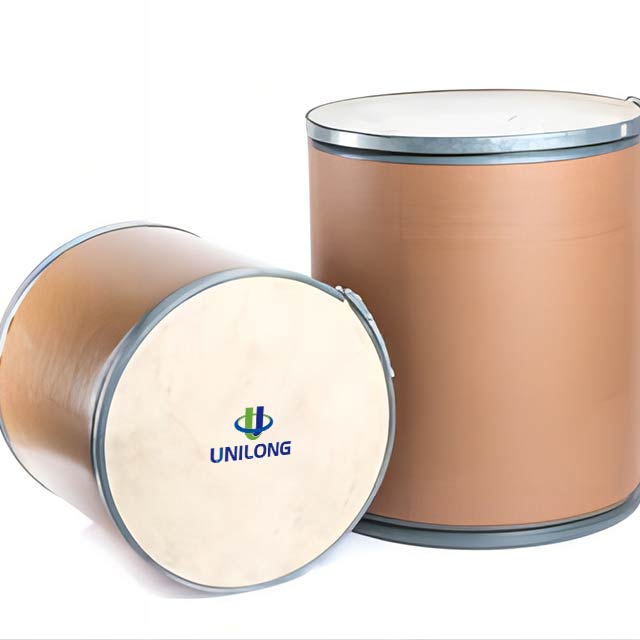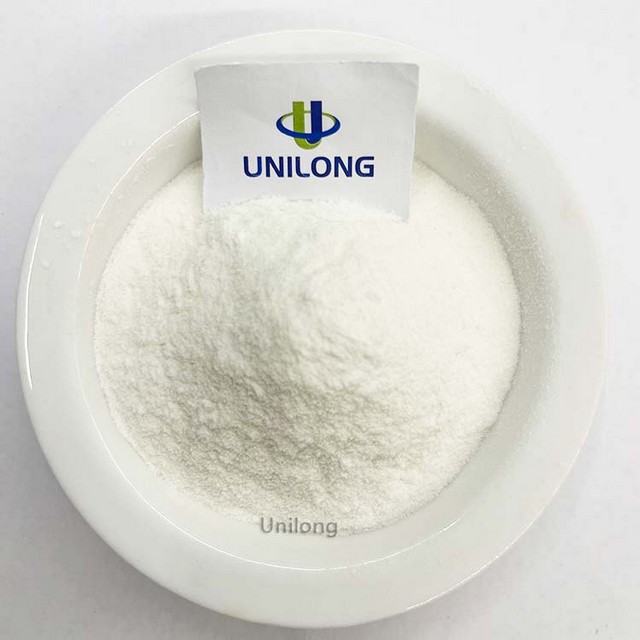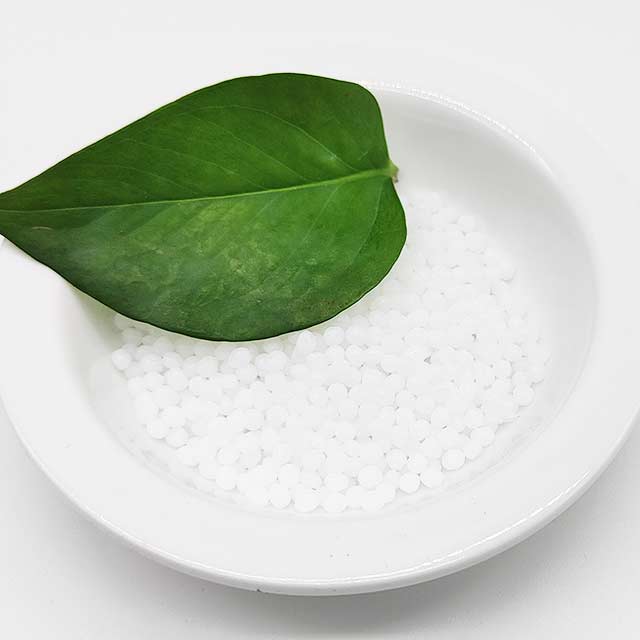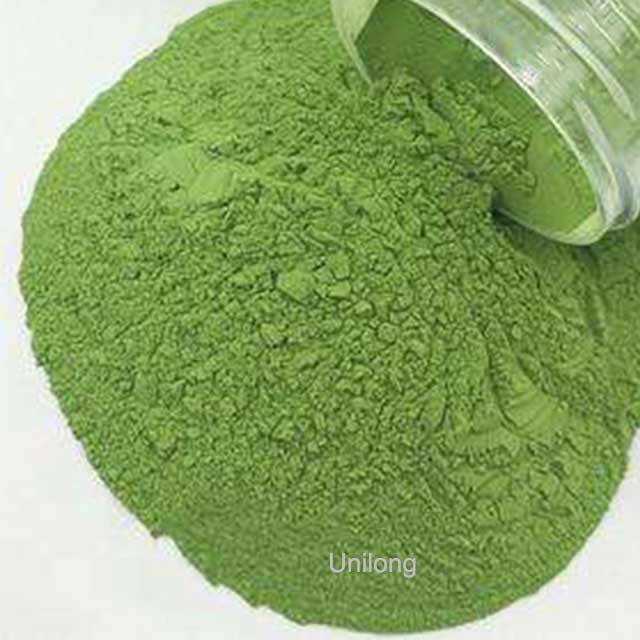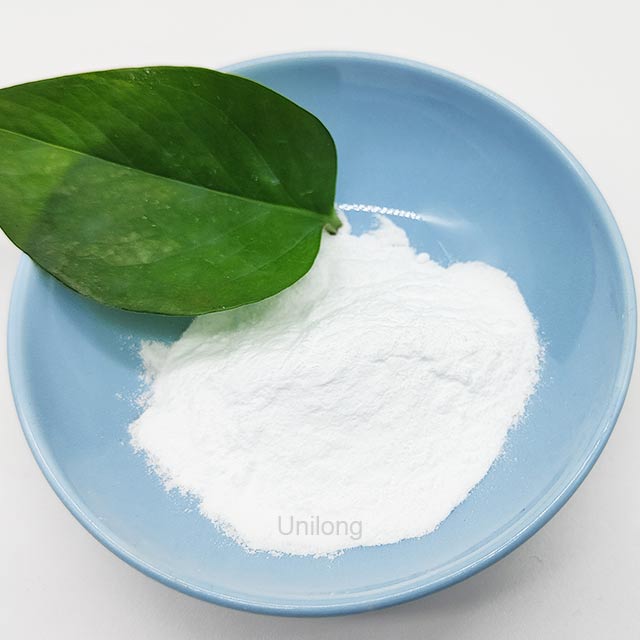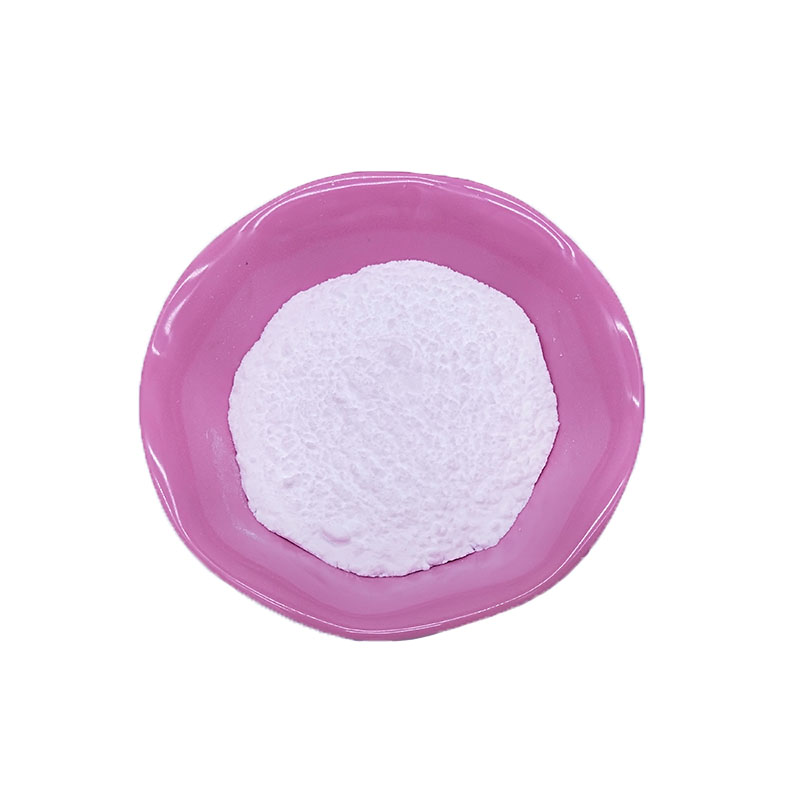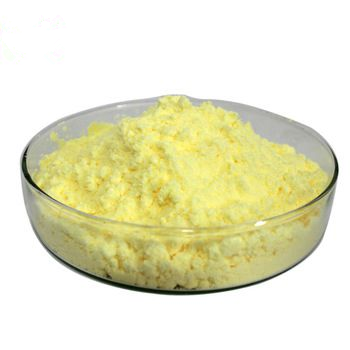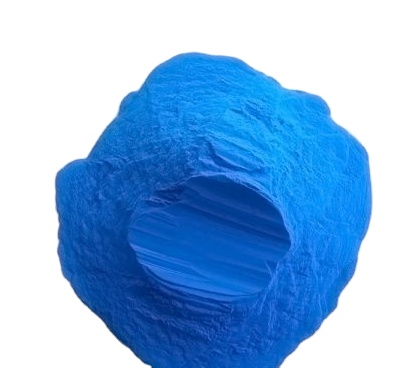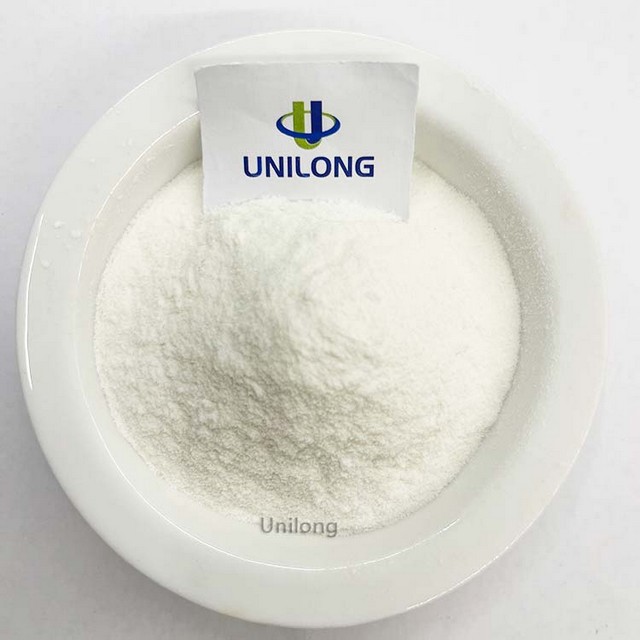CAS:123-08-0
MF:C7H6O2
EINECS:204-599-1
Purity:99% min
Other Names:p-Hydroxybenzaldehyde
What is of 4-hydroxybenzaldehyde with cas 123-08-0?
There are three kinds of isomers of hydroxybenzaldehyde, namely, o-hydroxybenzaldehyde, m-hydroxybenzaldehyde and p-hydroxybenzaldehyde. p-hydroxybenzaldehyde is also known as phenol formaldehyde. When precipitated from water, it is white to pale yellow needles. It has aromatic odor. At atmospheric pressure, it can be sublimated without decomposition. The molecular weight is 122.12. Melting point: 115~116 °C. The relative density is 1.129 (130/4 °C). The refractive index is 1.5705 (130 °C). It is slightly soluble in water and benzene, easily soluble in alcohol, ether, acetone, and ethyl acetate with water solubility at 30.5 °C being 1.38 and benzene solubility in 65 °C being 3.68. Intraperitoneal injection of mice: LD50: 500mg/kg.
Specification
|
Items
|
Specifications
|
|
Melting point
|
112-116 °C(lit.)
|
|
Boiling point
|
191°C 50mm
|
|
density
|
1,129 g/cm3
|
|
refractive index
|
1.5105 (estimate)
|
|
Fp
|
174°C
|
Usage
It’s the important intermediates of pharmaceutical industry and spices. In foreign , it’s also used for synthesis of bromoxynil and chloroxynil which are kind of herbicides, and also used in the manufacture of bactericide, photographic emulsifier, nickel plating luster agent, liquid crystal, etc
Packing
25kgs/drum, 9tons/20’containerPacking


